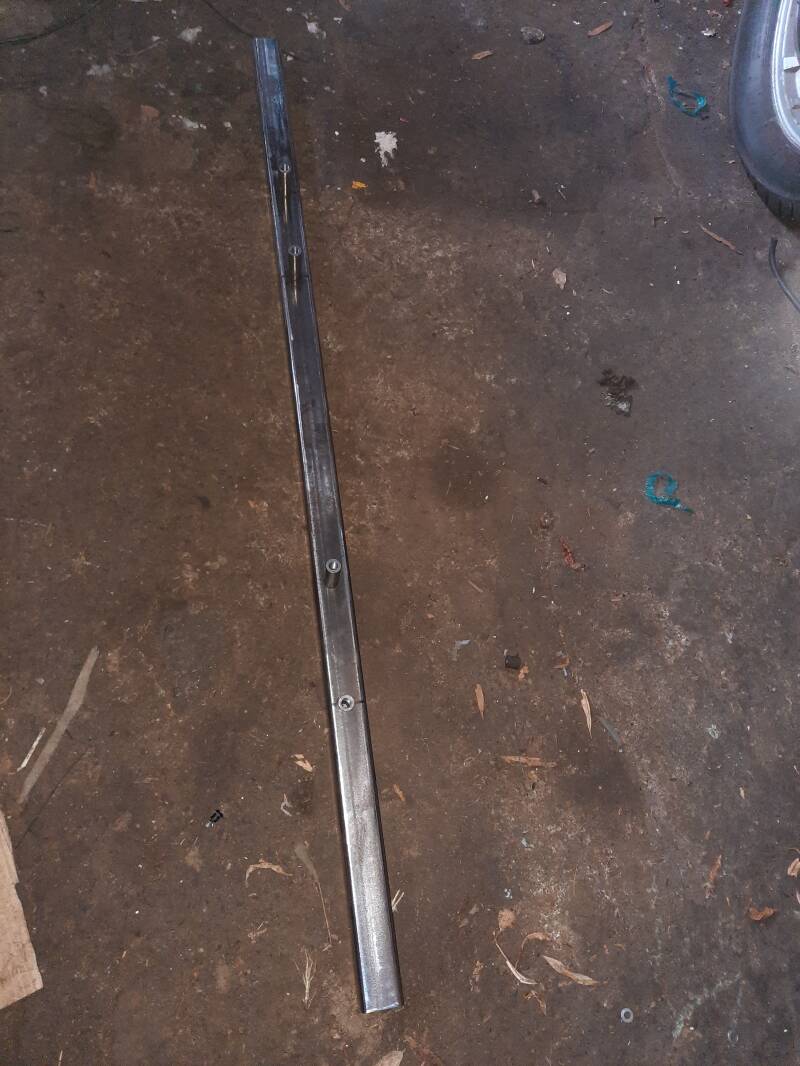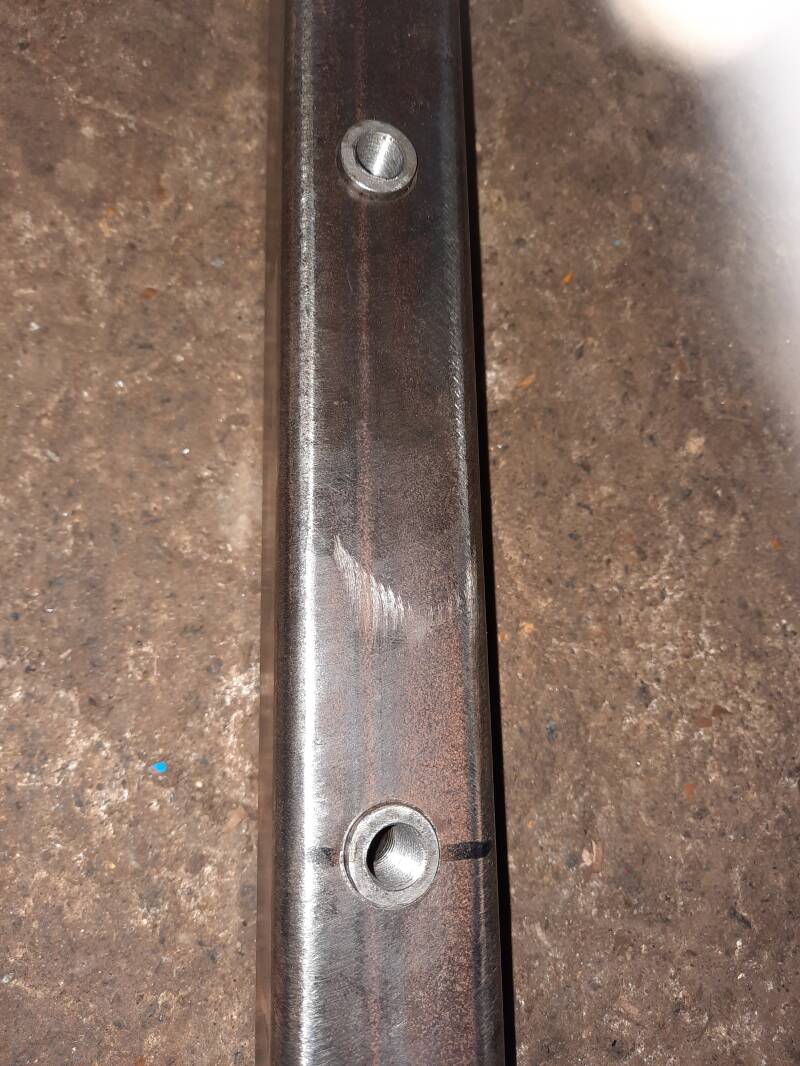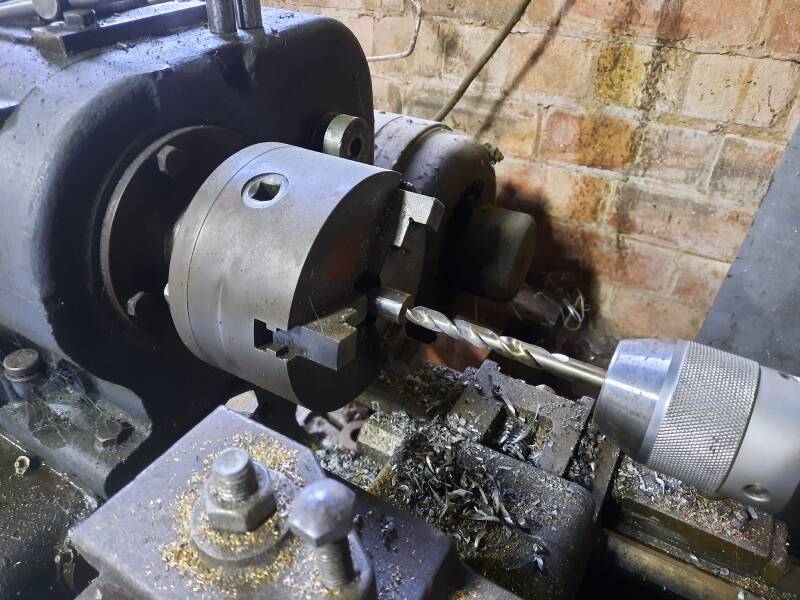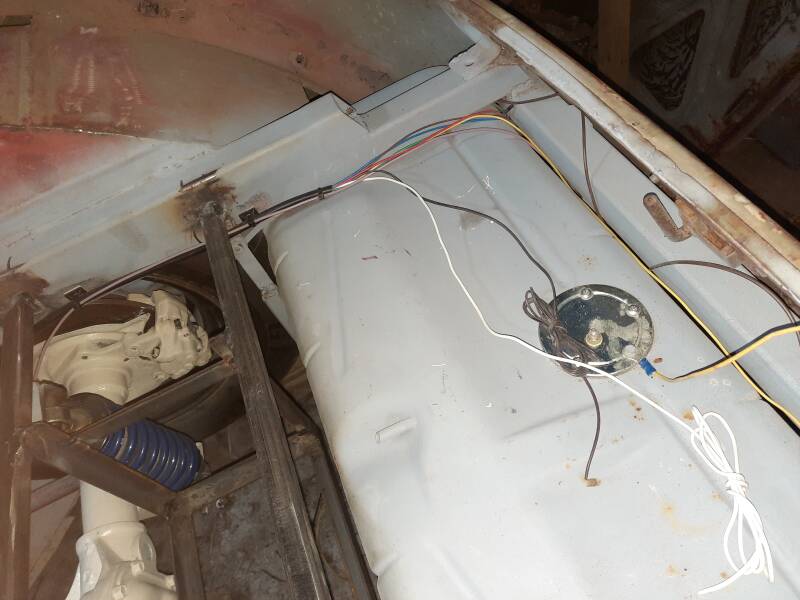I can't remember if I mentioned it before but these days when you build a car it has to go through an extended MoT type test called BIVA - Basic Individual Vehicle Approval, if it does not pass you can't register it and you can't use it on the road.
Most of the test is common sense, the government publish a full guide and a cut down photographic guide that gives all the specs, the rules and some guidance. It was put together by the EU so that any car that passes BIVA or it's equivalent in any member state can be legally driven in any other member state. Similar tests in the past have been called IVA or SVA. The first car I ever built was done back in about 2000, it failed on loads of things and had to have a retest, which was expensive and inconvenient - most of the failure points were where I had followed the kit manufacturer's guidance in how to cheat the system. It would have been so much easier to just do it right, which is the approach I am taking this time around.
The first car - a Robin Hood Lotus style thing had 4 point harnesses that secured to a bar that went across the back of the car. It was mounted at the right height but the tubes that the seat belt mounts went in to were just welded on to the side of the cross bar. Although the first tester passed it like that, when it went for retest the second tester told me he would have failed it - the testing manual is littered with the prase "if in the tester's opinion", which means that there will always be discussion about vagaries as to whether something looks strong enough or not. This time around I am leaving no doubt- the main cross bar is 40mm square tube with 3mm thick walls, I have drilled it to take 16mm diameter tubes that have been drilled and tapped to 7/16 UNF, they will be welded at both ends.

Seat belts come with 7/16UNF bolts as standard, the BIVA manual confirms that they are of an acceptable size. I have gone for 4 point harnesses, the seats have the cut outs in the correct place for the upper harness webs to pass through. The webbing on the harnesses is 2 inches wide to comply with the rules, they have quick release buckles that can be operated by either hand, so there should be no problem there.

I turned up the threaded inserts on my trusty old Henry Milnes DF4 lathe, one of my best purchases ever - a really wonderful machine that can do just about anything you would want of a lathe. It's about 70 years old now but appears to have had a very easy life, I understand it was owned by the Lincolnshire Fire Brigade for many years but I have no idea what they used it for,

The other job I got to do today was to make a start on the wiring, nothing exciting, I just wanted too lay in the wiring that goes to the rear of the car. I decided to use trailer cable as I already had some but then realised I needed 8 woores instead of the 7 that trailer cable has. The wires were - brake, side lights, left indicator, right indicator, reverse, fog light, fuel tank sender and fuel pump. i could have got away with 7 if I used the mechanical pump on the Rover engine but then I need to run a return back to the tank and I have heard the engine pumps can be an absolute pig to prime if you ever run out of fuel. A low pressure electric pump is very cheap, you also then have an option of fitting an inertia cut out to cut the fuel in the event of an accident. All round better solution in my opinion. Going back to BIVA, the manual says that any cables have to be secured at no more than every 300mm, mine are done at 250mm max. I am mainly using self adhesive ty-wrap bases with a rivet through them so they won't dry out and lose their ability to stick in the future. The BIVA man should be pleased.

Add comment
Comments